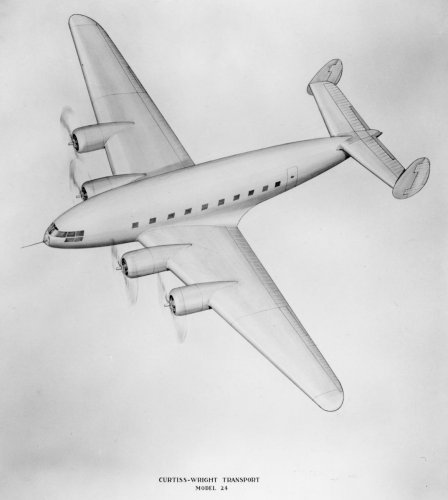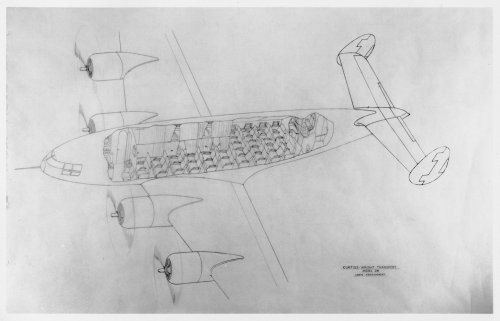While taking a quick look at all the various Condor designations and modifications, sonething else caught my attention. YOU may have this all sorted out, but, it is a new puzzle to me in the CW designations.
Tha Many various Model designations/variations of Curtiss Condor are listed as DESIGN # 4, and 4G etc, which I am sure is no surprise. I have not looked at other pages. But JUST below that CW Design # listing is CW design number CW-5, with just the bare infromation "Freighter, Primary Model Designation-Pegasus, (proposed)" I wonder if there was any relation to above? I want to check all the listings that have references to Proposals and proposal numbers, but they are scattered about in various other columns.
Try to search for Curtiss Wright Pegasus, and you get some very bizarre information about a modern Project Pegasus with time-travel portals at Curtiss Wright!



